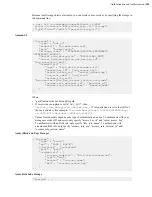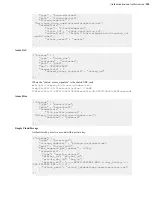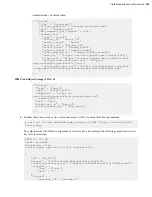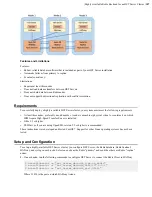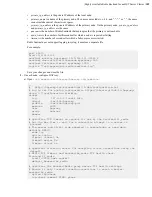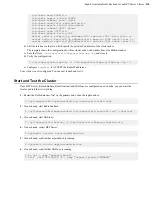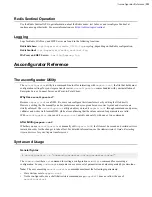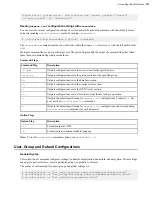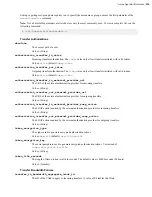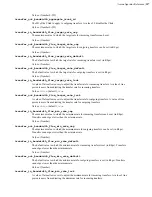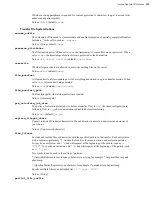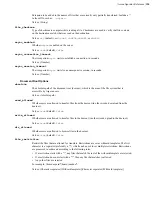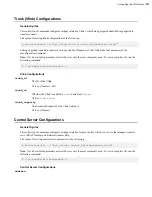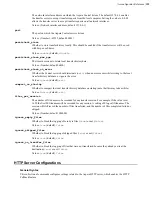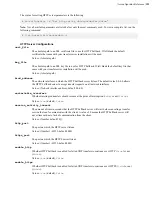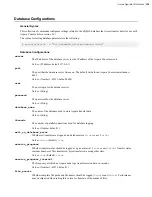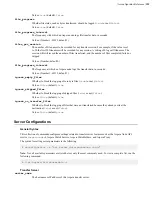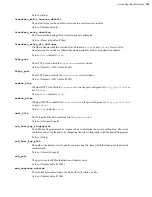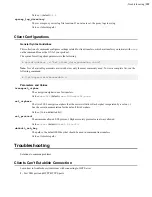
| Asconfigurator Reference |
314
• Setting the docroot of your transfer user
# asconfigurator -x "set_user_data;user_name,
transferuser
;absolute,
/path/
to/docroot
"
• Enabling HTTP Fallback using HTTPS on port 8444.
# asconfigurator -x "set_http_server_data;enable_https,true"
# asconfigurator -x "set_http_server_data;https_port,8444"
Note:
You can also chain two or more parameters to set within the same command. The two commands above can
be combined as follows (separated by semi-colons):
# asconfigurator -x
"set_http_server_data;enable_https,true;https_port,8444"
• Setting the global inbound target transfer rate to 80Mb/s
# asconfigurator -x
"set_node_data;transfer_in_bandwidth_flow_target_rate_default,80000"
• Getting all the configurations set on the group aspera_group
# /opt/aspera/bin/asuserdata -g aspera_group
• Creating and enabling a Vlink with an ID of 101 and a capacity of 100Mb/s
# asconfigurator -x
"set_trunk_data;id,101;trunk_on,true;trunk_capacity,100000"
• Allowing only encrypted transfers
# asconfigurator -x
"set_node_data;transfer_encryption_allowed_cipher,aes-128"
• Setting the hostname of the Aspera server to example.com
# asconfigurator -x "set_server_data;server_name,example.com"
• Setting the global token life back to the default value of 24 hours (86400 seconds)
Note:
You can reset any setting to its default value by setting it to
AS_NULL
# asconfigurator -x "set_node_data;token_life_seconds,AS_NULL"
Reading Output
The output for
asconfigurator
commands are structured and display feedback about the success or failure of
each command.
Set commands
When successful, set commands print
success
to standard out:
# asconfigurator -x "set_server_data;enable_http,true"
success
When unsuccessful, set commands print
failure
to standard out, and an explanation of why they failed:
# asconfigurator -x "set_server_data;enable_http,true"
failure


